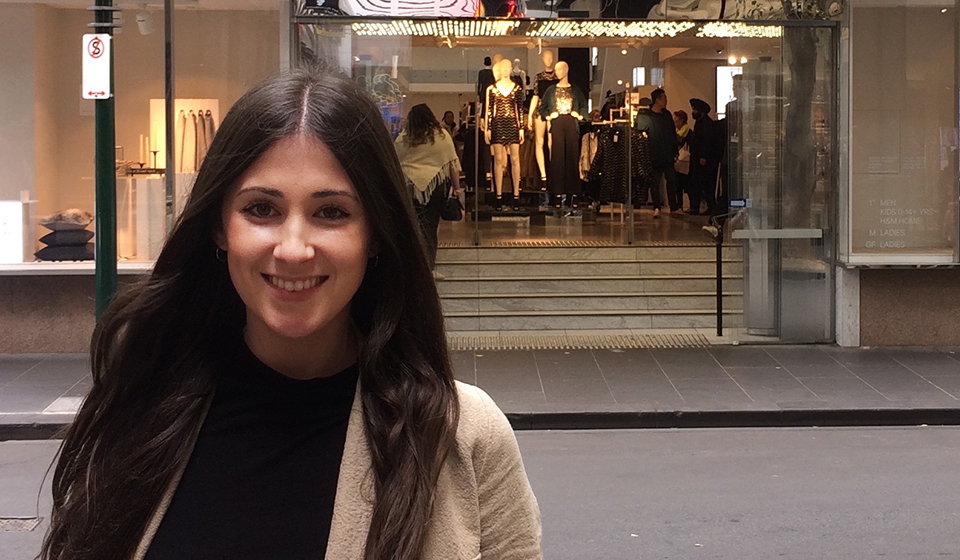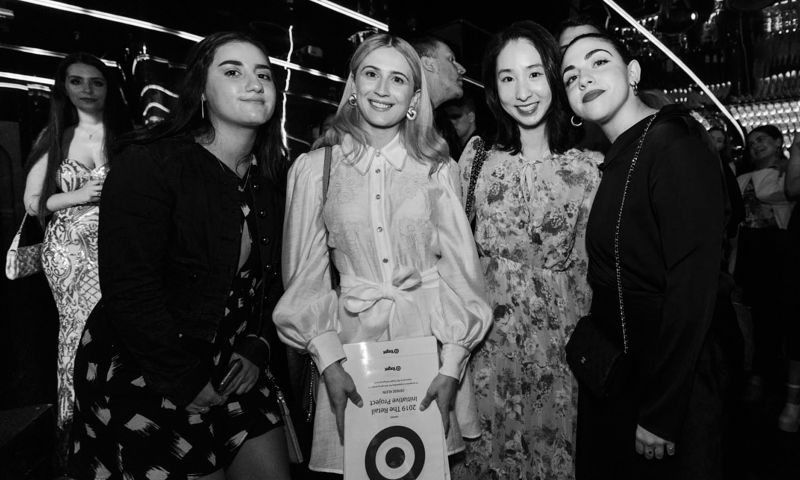Taught by and working alongside industry professionals, you will build important skills and knowledge across industry best practice, cutting edge technology and software designed for fashion.
This course provides you with insight and practical experience within the global workplace of fashion and textiles. It is suited to creative and business-minded students who enjoy fashion and being challenged. Through industry-informed subjects and projects, you have the opportunity to develop your potential and take steps toward your career goals.
From the start of your course, you will have opportunities to work on real projects with industry.
During second year you will undertake a major industry project, where you will work with and be mentored by professionals at major Australian brands, such as Country Road, Myer, Sportsgirl and Target. You will also have work placement opportunities such as internships at Cotton On, and the Dior Women Program.
With access to RMIT's extensive and long-standing industry relationships, you will be able to build professional networks and connect with mentors that will follow you throughout your career.
Studying in state-of-the-art facilities at our Brunswick campus, you will learn through a series of lectures, workshops, presentations and project work.



